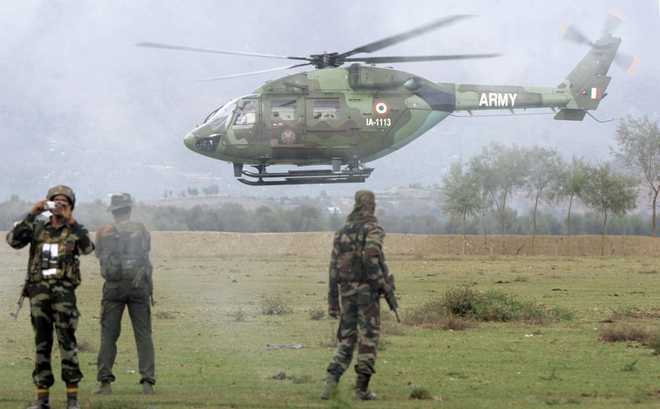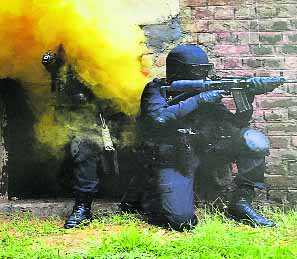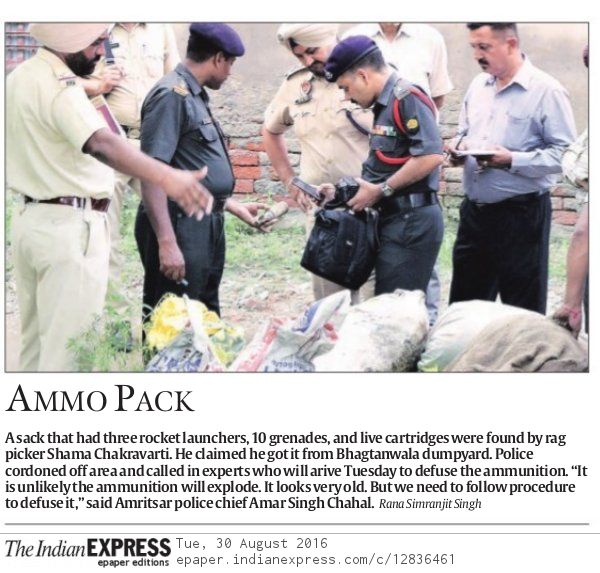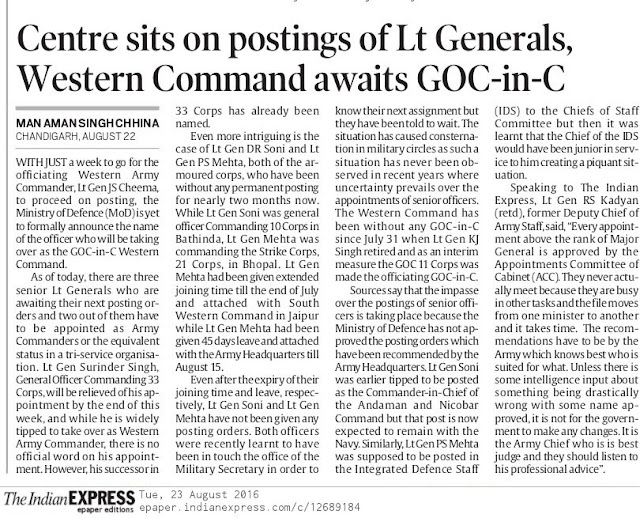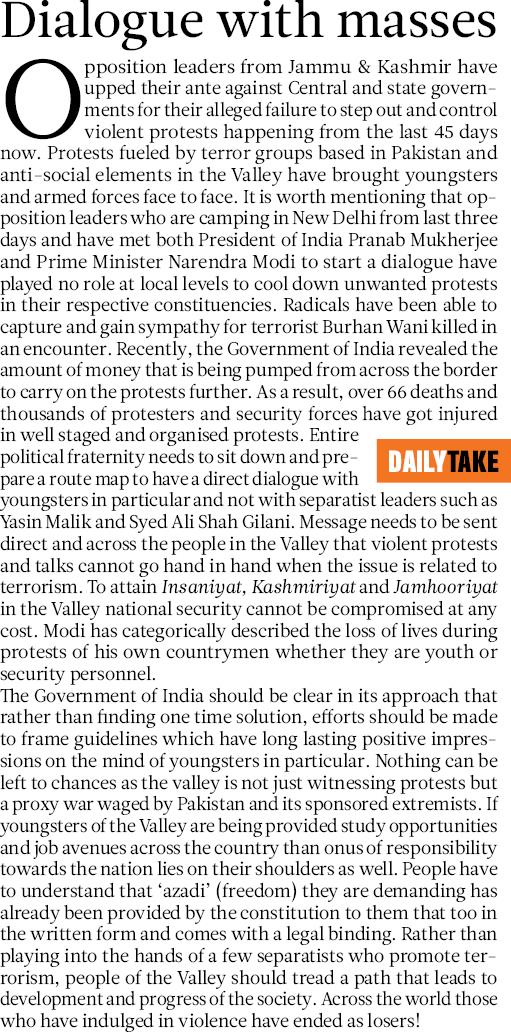‘CAUSE OF CONCERN’ Navy insists vessels not compromised, report sought from French shipbuilder
NEW DELHI: India was scrambling on Wednesday to assess the vulnerability of its key Scorpene submarines being built in collaboration with a French company after seemingly crucial details of its combat capabilities were leaked.
The government sought a report from French shipbuilder DCNS, which bagged the `23,562crore ($3.5 billion) contract for six submarines in 2005, after The Australian newspaper reported that the documents could prove an “intelligence bonanza” for India’s rivals such as Pakistan and China.The leak runs into 22,400 pages.
The military establishment insisted that the leak was a “cause of concern” but was not serious enough to compromise the Scorpene submarines. However, an official statement issued by DCNS in Paris acknowledged that the sensitive data made public was a “serious matter”.
“This investigation will determine the exact nature of the leaked documents, the potential damages to DCNS customers as well as the responsibilities for this leakage,” DCNS said.
Defence minister Manohar Parrikar sought a report from the Indian Navy chief Admiral Sunil Lanba on the “extent of the leak”. Parrikar, who said he learnt of the leak at midnight on Tuesday, described it as a “case of hacking”.
“The first step is to identify if it’s related to us, and anyway it’s not all 100% leak,” said Parrikar, who also met the navy chief to assess the situation.
The Indian Navy said the source of the leak was apparently “from overseas and not in India”. A naval spokesman said the “available information is being examined” at the defence ministry and that “an analysis is being carried out by the concerned specialists”.
The main opposition Congress demanded a “complete security audit” of the defence ministry following the leak. Party spokesman Randeep Surjewala said the audit should be done by a sitting Supreme Court judge.
India has ordered six Scorpene-class submarines and the first vessel built at Mumbai’s state-run Mazagon Docks began sea trials in May and is expected to be inducted early next year. The Scorpene is expected to become the main conventional submarine of the Indian fleet and replace the ageing Russian Kilo-class and German HDW vessels that are almost three decades old.
The report in The Australian said the DCNS documents, marked “Restricted Scorpene India”, detail highly classified information such as the levels of noise the submarines make at various speeds, where the submarine crew can speak safely to avoid detection by the enemy, magnetic, electromagnetic and infra-red data, and noise specifications of the propeller and radiated noise levels when the submarine surfaces.
The leak could also trigger alarm in countries that operate a variant of the Scorpene, or have ordered the submarine, including Malaysia, Chile and Brazil, the report said.
The Australian posted several redacted pages from what appeared to be an operating manual for the submarine on its website. It reported it had seen 4,457 pages on the Scorpene’s underwater sensors, 4,209 pages on its abovewater sensors, 4,301 pages on its combat management system, 493 pages on its torpedo launch system and specifications, 6,841 pages on the communications system and 2,138 on its navigation systems.
The report said DCNS had “implied – but did not say directly – that the leak might have occurred at India’s end, rather than from France”. However, The Australian said it had learnt the data on the Scorpene was written in France for India in 2011 and is suspected of being removed from France in the same year by a former French Navy officer who was at that time a DCNS subcontractor.
The data is then believed to have been taken to a company in southeast Asia, possibly to assist in a commercial venture for a regional navy.
Peter Roberts of the Royal United Services Institute in London said the most serious implications from the leak were the “frequency signature details” associated with the Scorpene. “The major risk, following this disclosure, is from the exposure of data related to propeller and radiated noise – as a result, Indian submarines will be more vulnerable after the data breach,” he told HT.
“The implications of the data loss for the arms community are important in the short term, but probably procedural in the medium to long term. DCNS will obviously have to make some reassurances to the Indian government, and possibly undertake some mitigation work.”
















